
These 2 Wolves Went Viral For Being So Lazy That They Howl While Lying Down
InterviewLaziness is a trait that probably all species share. But some are lazier than others—like cats, koalas, sloths, and, of course, pandas. Even animals like nurse sharks and pythons are surprisingly lazy compared to the likes of deer, elephants, horses, and sheep who sleep the least throughout the day.
Well, we have a new species joining the club—an adorable pair of gray wolves who were caught on film howling as lazily as they could whilst on one of their daily naps. You better believe it’s adorable as seen in this video.
Turns out, laziness is a trait that is shared among many species, including wolves
Image credits: wolfconservationcenter
Meet Alawa (front, meaning “sweetpea” in Algonquin) and Zephyr (back, meaning “light or west wind”). They are captive-born gray wolves living in the Wolf Conservation Center, a 501c3 non-profit organization in South Salem, New York with whom Bored Panda got in touch for an interview. The two are tasked with a very important mission within the organization—they are ambassador wolves who help teach the public about wolves and their crucial role in nature’s ecosystem.
Now, you’re probably used to seeing wolves howling under the light of a full moon, head tilted up high and standing stout, looking all majestic. Well, not these two. They can’t be bothered to stand up so instead they just tilt their heads whichever way they can and let out a howl—sometimes a strong one and other times a bit of a lazy one.
Meet Alawa and Zephyr, a pair of lazy ambassador wolves from the Wolf Conservation Center
Image credits: wolfconservationcenter
As soon as another wolf starts howling in the distance, Alawa and Zephyr start wailing in harmony in response to the remote howl. To many people’s surprise, the howling goes on for over two minutes, after which they simply go back to lazing around in the form of snoozing.
We’ve asked Maggie Howell of the Wolf Conservation Center what a typical day for a wolf in their sanctuary looks like. She had this to say:
“For wild wolves, every day is about survival. Wolves rely on each other to function, thrive, and survive. As highly social animals, wolves live in structured family units called packs. Cooperative living gives wolf families a number of benefits. Teamwork facilitates successful hunting, pup rearing, territorial defense, and more.”
“Although our ambassador wolves aren’t toughing it out on the wild landscape, just about everything they do they do together. They play together, sing together, groom one another and most importantly, love together.”
The two were recording doing some of the laziest howling that the internet found adorable
Image credits: wolfconservationcenter
The two put minimal effort into their howls—just tilting their heads without bothering to stand up
Image credits: wolfconservationcenter
Alawa and litter-mate Zephyr were both born on April 20, 2011. Together with their younger brother Nikai, the third of the ambassador wolves born three years later, they help the center’s guests better understand and appreciate the importance and plight of their wild brothers and sisters.
Turns out, among all of the wolves in the Wolf Conservation Center, Alawa is considered the “laziest howler”, as seen in the center’s video series on YouTube—and you can see why below.
As you may notice in the video, the two wolves howl for over 2 minutes, leaving everyone to wonder what they might be howling about. We’ve asked Howell about it and she said this:
“They probably couldn’t resist responding to one of the other 40 wolves who call the Wolf Conservation Center home. Wolves howl to communicate with one another over long distances—they can hear a howl up to 10 miles away in open terrain! A howl can mean many things: a greeting, a rallying cry to gather the pack together, an announcement of their presence to warn other wolves away from their territory, or a spontaneous expression of play and bonding. Whatever the meaning, it never gets old!”
The howling lasts for over two minutes after which they simply go back to snoozing
Image credits: wolfconservationcenter
Wolves are known to howl as a means of communication, informing others of their location and of prey
Image credits: wolfconservationcenter
Contrary to popular belief, wolves don’t howl at the moon—their howls are actually a form of communication with other wolves. Since howls possess the necessary aural characteristics, it’s ideal for communication over long distances as wolf territories tend to be ginormous.
By howling, they are telling other wolves their location, warning about potential predators, and even communicating the position of their prey. They are also known to howl in unison as a way to strengthen the bond between members of the pack and to ward off any other rival packs.
Alawa and Zephyr also have a younger ambassador wolf sibling named Nikai
Image credits: wolfconservationcenter
Unfortunately, Mexican gray wolves and red wolves, of which there are many in the Wolf Conservation Center, are endangered. Settlers moved into the habitat of the wolves and brought in the livestock industry along with them. Besides their natural habitat being taken over by such a move, wolves also became the targets of hunters with the aim of helping the livestock industry deal with wolf attacks.
“Wolves once ranged across most of North America, a vital part of many varied ecosystems. But, by the middle of the 20th century, due to a large-scale, government-funded extermination program, wolves had been eliminated from the Lower 48 states, with the exception of the deep woods of Minnesota. In the 1970s, when the Endangered Species Act (ESA) was passed, gray wolves throughout the Lower 48 were added to the list and the U.S,” elaborated Maggie Howell.
She continued: “Fish and Wildlife Service was charged with recovering the species. Scientists recognize the ecological importance of the wolf. As apex predators, wolves are essential for resilient, healthy ecosystems. And with the support of the American public and the safety net of the ESA, the wolf was able to return to portions of its native range in the Lower 48.”
Check out Alawa and Zephyr’s lazy howling in action below
Image credits: wolfconservationcenter
Fortunately, not all is lost as there are ways each and every one of us can help to keep endangered wolf numbers up, as explains Howell:
“The best wolf supporter is an active wolf supporter! Participate in online awareness campaigns, address misconceptions about wolves, join pro-wolf rallies, consider the environmental implications of your food choices, or even wear your favorite wolf shirt—if you’re actively showing your love for wolves, others will join!”
She continued: “People can also support the Wolf Conservation Center’s mission to protect and preserve wolves in North America by making a donation or symbolically adopting one of the 42 wolves in our care. Wolves are a critical keystone species in a healthy ecosystem. By regulating prey populations, wolves enable many other species of plants and animals to flourish. In this regard, wolves initiate a domino effect: “touching” songbirds, beaver, fish, and butterflies. Without predators, such as wolves, the system fails to support a natural level of biodiversity.”
Turns out, Alawa is the world’s laziest howler, which is definitely the case in the video below
Image credits: wolfconservationcenter
“Beyond their ecological importance, wolves are unique, sentient creatures who have a value in and of themselves,” explained Howell. “Their presence reminds us that we must learn to appreciate wildlife for its intrinsic value, to respect its right to exist, and to have humane concern for the survival of entire species. If we don’t, we fail ourselves—now and for future generations.”
You can watch the videos of the spectacularly lazy howling above, and if you haven’t had enough, the Wolf Conservation Center has a whole YouTube channel dedicated to their lovely wolves. And if that’s not enough, they have also set up a number of live webcams with a view of many of their wolves, including Alawa and Zephyr.
Be sure to visit their Website, Instagram, Facebook or Twitter for more wolf goodness. But before you go, why not let us know what you thought about this? Tell us what you think the wolves were lazily howling about in the comment section below!
Here’s how the internet reacted to the adorable, but oh so lazy, howling
34Kviews
Share on FacebookMy dog howles while sleeping, he's a finnish lapphund. The first time he did it, it was pretty scary. I was watching a movie then "HOOOOOOOOOOOOOO", i took a scared look at my dog and he was just howling, deep in his sleep. OK
Huskies will sing quietly when they're bored or to signal to their humans. I used to work at an art gallery, and one artist came in with his husky to talk to the owner. She was a very polite dog, and sat quietly outside the office....for about half an hour. Then she curled up and started singing to herself. ...///... I just about had a heart attack, and she was being quiet about it.
Load More Replies...My dog howles while sleeping, he's a finnish lapphund. The first time he did it, it was pretty scary. I was watching a movie then "HOOOOOOOOOOOOOO", i took a scared look at my dog and he was just howling, deep in his sleep. OK
Huskies will sing quietly when they're bored or to signal to their humans. I used to work at an art gallery, and one artist came in with his husky to talk to the owner. She was a very polite dog, and sat quietly outside the office....for about half an hour. Then she curled up and started singing to herself. ...///... I just about had a heart attack, and she was being quiet about it.
Load More Replies...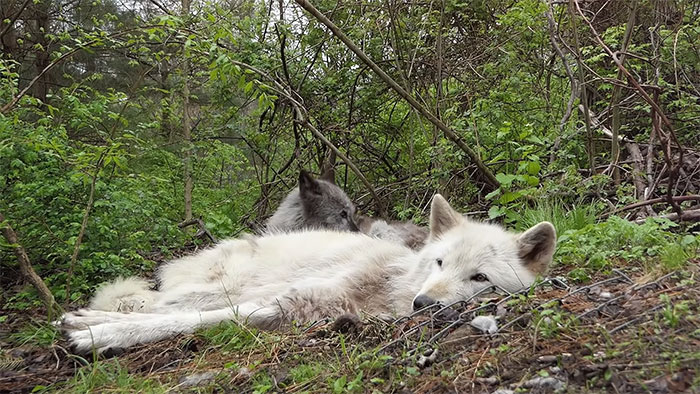
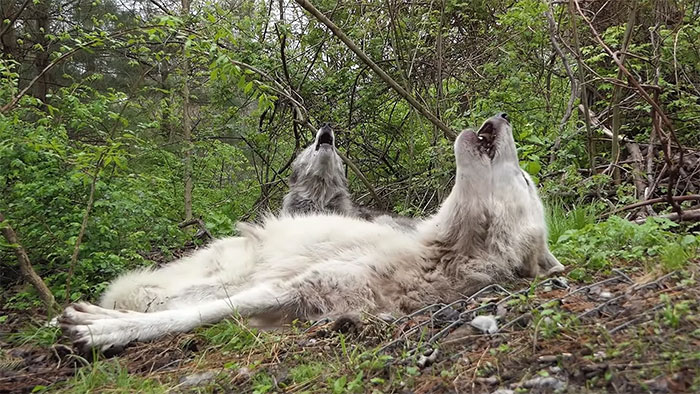
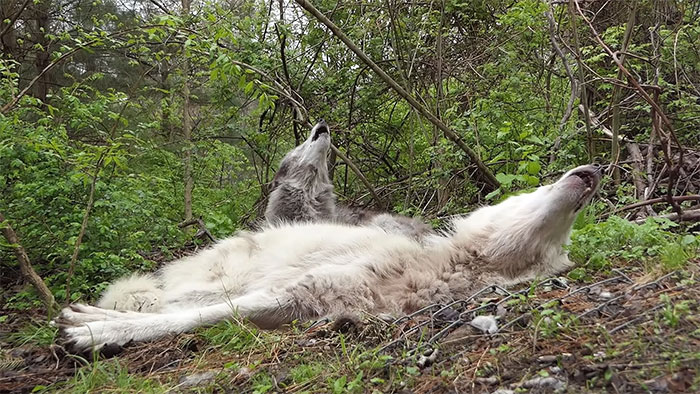
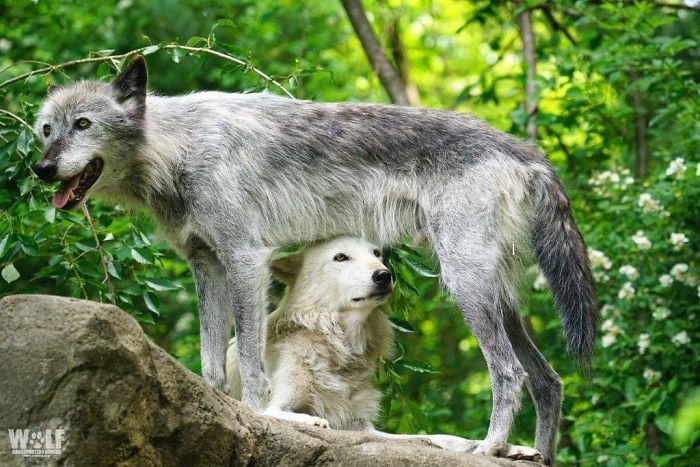
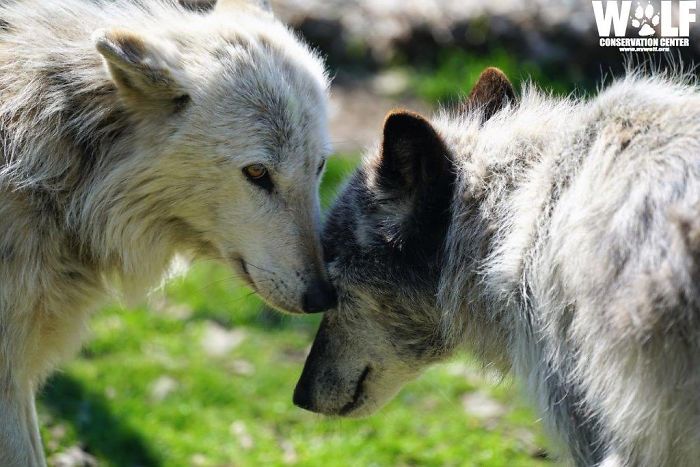
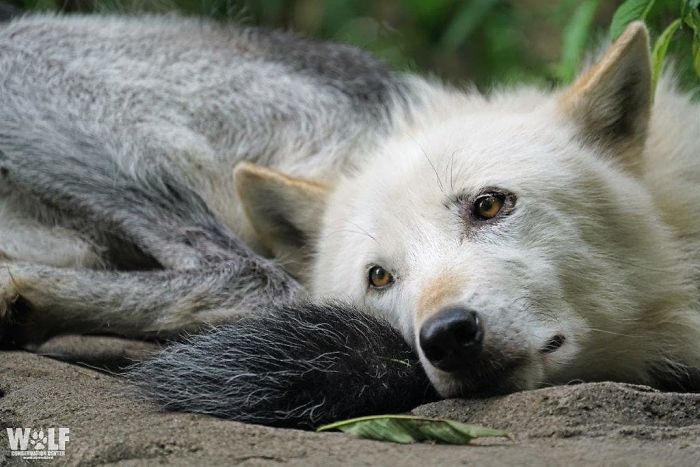
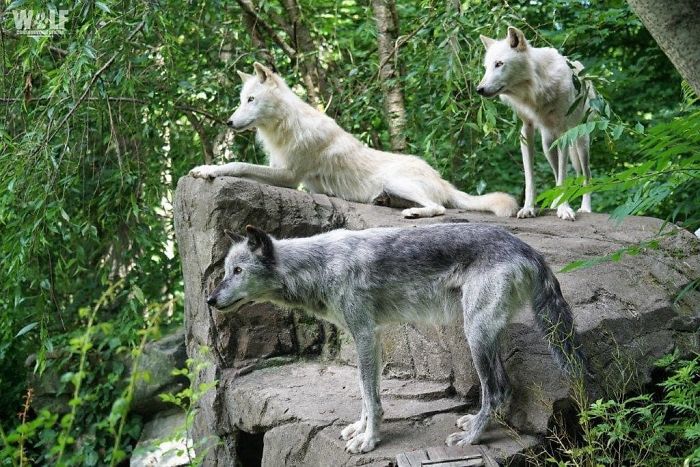













237
39